white ash vs. green ash....
woodyoak zone 5 southern Ont., Canada
10 years ago
Related Stories
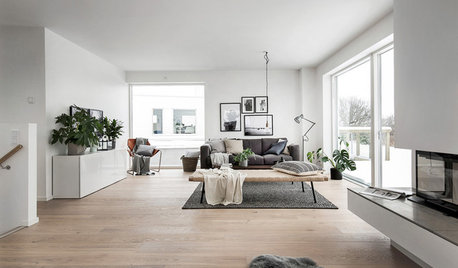
DECORATING GUIDESIsn’t It Good, Nordic Wood: The Appeal of Pale Floors
From silvery ash to honey blonde or chalk white, light-toned floors hold the key to the pared-back simplicity of Scandinavian style
Full Story
REMODELING GUIDESYour Floor: An Introduction to Solid-Plank Wood Floors
Get the Pros and Cons of Oak, Ash, Pine, Maple and Solid Bamboo
Full Story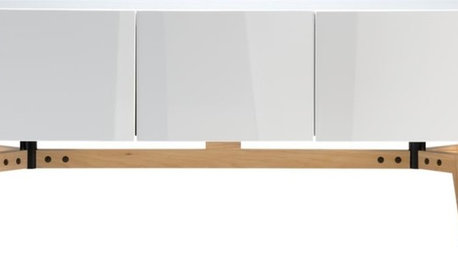
PRODUCT PICKSGuest Picks: Light Wood Accents That'll Grow on You
Ditch the darkness with modern accessories and furniture in ash, birch and light oak
Full Story
GREEN BUILDINGConsidering Concrete Floors? 3 Green-Minded Questions to Ask
Learn what’s in your concrete and about sustainability to make a healthy choice for your home and the earth
Full Story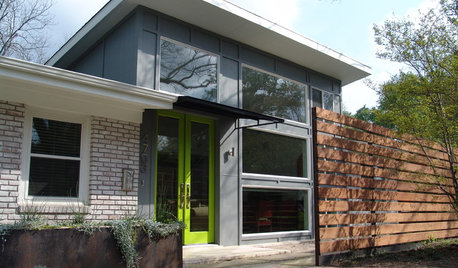
FRONT DOOR COLORSFront and Center Color: When to Paint Your Door Green
Fresh, fun and a pleasant surprise on a front door, green in subtle to strong shades brings energy to home exteriors
Full Story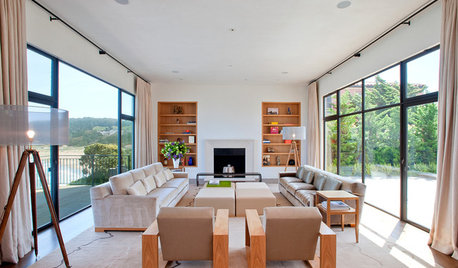
MOST POPULAREasy Green: 23 Ways to Reduce Waste at Home
Pick from this plethora of earth-friendly ideas to send less to the landfill and keep more money in your pocket
Full Story
REMODELING GUIDESAre You Gutsy Enough to Paint Your Floor White?
Sleek and glossy or softened by wear, white floors charm
Full Story
WHITEHow to Pick the Right White Paint
White is white, right? Not quite. See 8 white paint picks for 8 very different effects
Full Story
COLORColor of the Year: Off-White Is On Trend for 2016
See why four paint brands have chosen a shade of white as their hot hue for the new year
Full Story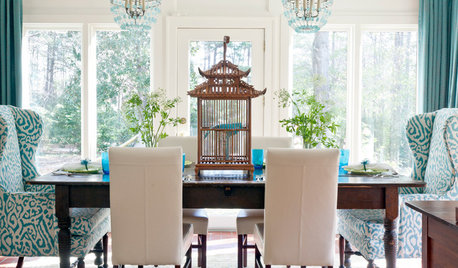
DECORATING GUIDESDecorating 101: How to Use White Right
If you’ve ever been in white-paint-swatch limbo, you know white can be tricky to work with. Here’s how to get the fresh look you’re after
Full Story






ken_adrian Adrian MI cold Z5
hairmetal4ever
Related Professionals
Surprise Landscape Architects & Landscape Designers · Palm Springs Landscape Architects & Landscape Designers · Burlington Landscape Contractors · Cupertino Landscape Contractors · Middleton Landscape Contractors · Teaneck Landscape Contractors · Billings Siding & Exteriors · Cherry Hill Siding & Exteriors · Destin Siding & Exteriors · Saint Charles Siding & Exteriors · Shoreline Siding & Exteriors · Huntington Decks, Patios & Outdoor Enclosures · Northglenn Decks, Patios & Outdoor Enclosures · Pittsburgh Decks, Patios & Outdoor Enclosures · Wheaton Decks, Patios & Outdoor Enclosuresolreader
woodyoak zone 5 southern Ont., CanadaOriginal Author
drrich2
jdo053103
Toronado3800 Zone 6 St Louis
whaas_5a
olreader
whaas_5a
Smivies (Ontario - 5b)
arbordave (SE MI)
scotjute Z8